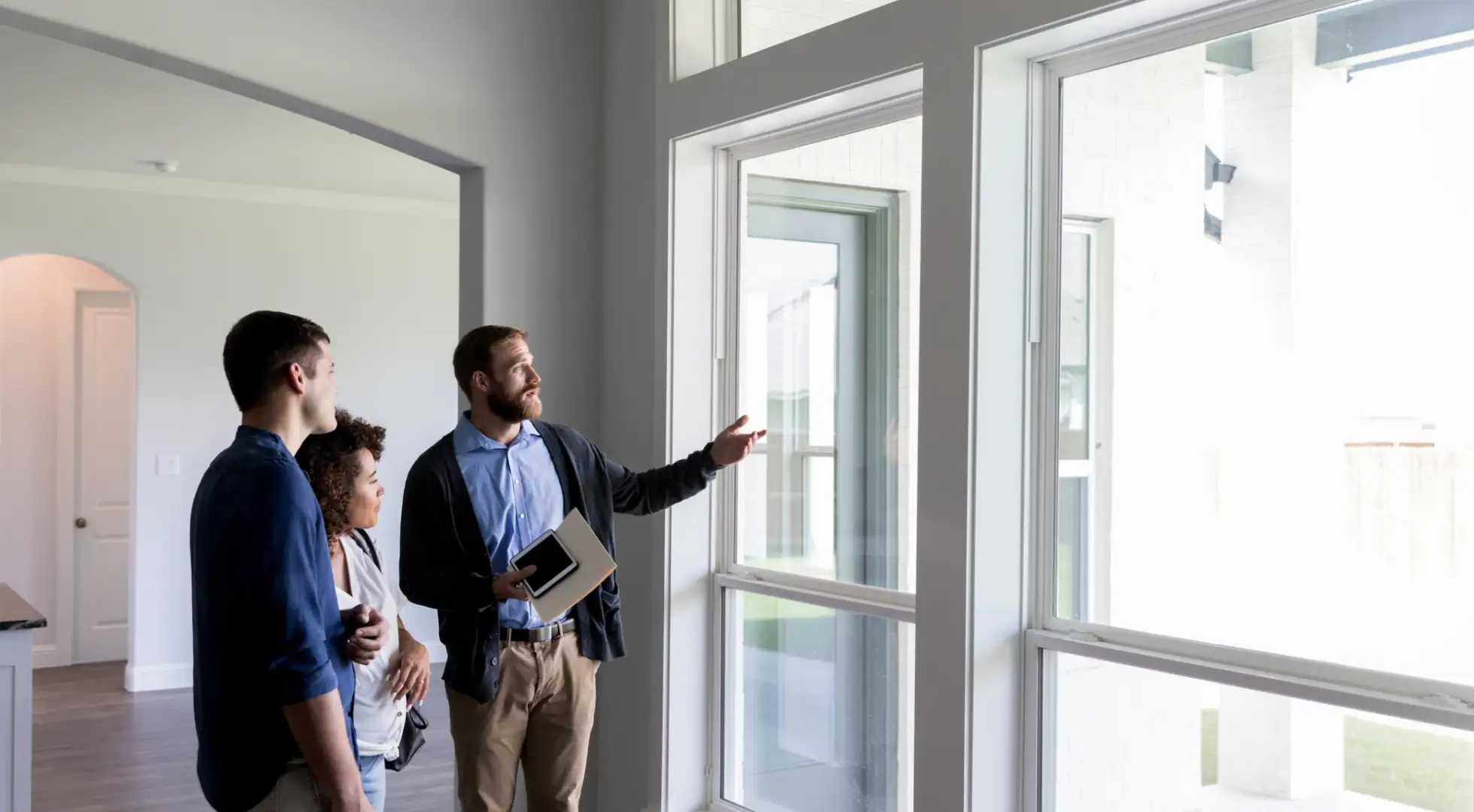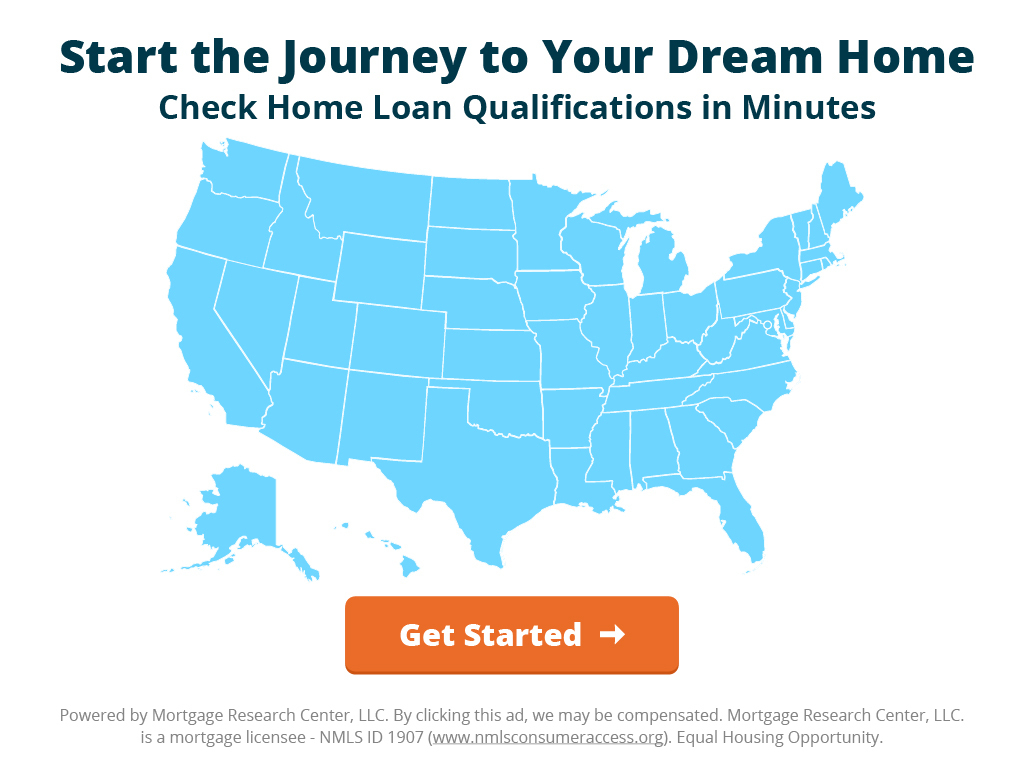How to Buy a Home With a Low Or No Down Payment

After a record-breaking surge in U.S. home values last year, saving enough cash for a down payment that traditionally is 10% or 20% of the purchase price is tougher than ever for Americans hoping to buy a home.
Home prices jumped 17% in 2021 and probably will gain an additional 8.4% this year, even as mortgage rates increase, according to the National Association of Realtors.
First-time homebuyers can purchase property by making a low or no down payment through various federal and state assistance programs, depending on their financial situation.
FHA Loans
One of the most well-known mortgage loans is a FHA loan because they are insured and regulated by the Federal Housing Administration (FHA), a government agency. These loans allow consumers to make down payments that are only 3.5% of the mortgage and people with lower credit scores can qualify compared to more traditional 30-year loans offered by mortgage lenders and banks. One drawback is that homeowners have to pay private mortgage insurance (PMI), which adds to their monthly payment.
Next: Check your FHA loan eligibility with a trusted lender
Fannie Mae and Freddie Mac Loans
Fannie Mae and Freddie Mac each offer two programs with a down payment of only 3%. Fannie Mae offers the HomeReady and Standard 97 programs while Freddie Mac provides the HomeOne and Home Possible programs. They are two government entities that purchase mortgages to keep them plentiful for qualified consumers.
These loans are a “viable” alternative for people who want to buy a home, said Greg McBride, chief financial analyst at Bankrate, a financial data company.
“There are specific requirements for each 3% down payment program,” he said. “At least one borrower may be required to be a first-time homebuyer or household income may be limited to 80% of the median area income, but not both.”
People who choose these 3%-down programs will need to obtain mortgage insurance, a typical condition for homebuyers without 20% down payments. You can apply to stop the monthly payments after you have 20% equity in the home similar to people using standard loan products such as the traditional 30-year fixed rate mortgages.

Rural Home Loans
Consider looking for a home outside of a city, such as in a rural area. Consumers can obtain home loans from the U.S. Department of Agriculture.
These loans are also called Section 502 Direct Loan Program and help low- and very-low-income applicants, according to the USDA. There is typically no down payment required for these loans.
The loans can be used to purchase homes in rural areas and used to construct, repair, renovate or even relocate a home. The funds from a loan can be used to buy land and pay for water and sewage facilities.
One requirement is that the home is the consumer’s primary residence and is 2,000 square feet or less.
Individuals also must meet income eligibility requirements, which varies depending on the region in each state.
The interest rate for the loans are also typically lower. The current interest rate is 3% for low-income and very low-income borrowers, effective June 1, 2022.
Some people will also qualify for payment assistance and the interest rate is lowered to 1% for those loans.
The repayment period for the loans is extended to 33 years or 38 years for very low income individuals. Traditional fixed rate mortgages have a repayment period of 30 years.
VA Loans
The Department of Veterans Affairs (VA) provides programs to help service members, veterans along with their families to purchase homes.
While the VA does not underwrite or provide loans, the government agency provides the rules on who qualifies for them and what the terms of a mortgage are, according to the Consumer Financial Protection Bureau.
There are VA loans that are available with no down payment. The other benefits of VA loans are low interest rates, limited closing costs and not having to pay for private mortgage insurance. The combination of these benefits will lower the monthly mortgage payment for homeowners.
Service members and veterans can use VA loans more than once - if you sell a home, you can use this benefit to purchase another one.
The mortgage loans from the VA are offered by banks and mortgage companies, but the agency guarantees a portion of the mortgage. This enables the bank or mortgage company to offer veterans or service members more favorable terms.
The VA program also offers the Native American Direct Loan (NADL) Program which helps Native American Veterans buy, construct, or improve homes on Federal Trust Land or reduce the interest rate on a VA loan.
There are many benefits in obtaining a NADL, including no down payment, no need for PMI, limited closing costs and a low interest, 30-year fixed mortgage. The current VA interest rate for NADLs begins at 5% as of May 31, 2022.
Another advantage is that consumers can borrow up to the Fannie Mae/Freddie Mac conforming loan limit in some high-cost counties. You can borrow more than this amount if you want to make a down payment.
For homeowners who already have a NADL, they can also obtain a loan to refinance an existing NADL and lower the interest rate, which helps repay the terms of the loan sooner.
Next: Are you eligible for a $0 down VA home loan? Find out here
Down Payment Assistance Programs
There are down payment assistance programs in all 50 states that are funded by the U.S. Department of Housing and Urban Development (HUD).
The assistance programs are operated by nonprofit housing organizations, housing finance agencies or approved banks.
There are various requirements, such as having a low- to moderate-income, not owning a home during the past three years and completing homeownership counseling courses.
Every state has down payment assistance programs, but there are other organizations that also provide help.
Low- to moderate-income families who want to purchase their first home could qualify for assistance from NeighborWorks or Habitat for Humanity, two national nonprofits.
The Nurse Next Door provides assistance for nurses and health care support employees may be eligible for grants and down payment assistance while the Teacher Next Door program gives educators a $6,000 grant or down payment assistance of a maximum of $10,681 and even covers closing costs for eligible buyers.
Next: Fast track your home loan preapproval with a trusted lender
More from Mortgage Research News:
Want to Boost Your Home Value? Avoid These Seven Remodeling Projects
Pros and Cons of Adjustable-Rate Mortgages as Homebuyers Seek Cheaper Financing
Mortgage Rates Hit a Nearly 14-Year High. Here's The Silver Lining for Homebuyers.
Ellen Chang is a Houston-based freelance journalist who writes articles for U.S. News & World Report. Chang previously covered investing, retirement and personal finance for TheStreet. She focuses her articles on stocks, personal finance, energy and cybersecurity. Her byline has appeared in national business publications, including USA Today, CBS News, Yahoo Finance MSN Money, Bankrate, Kiplinger and Fox Business. Follow her on Twitter at @ellenychang and Instagram at @ellenyinchang.




